I am afraid that you can't use Main.strings files. You will end up moving all localisable texts in the storyboard to Localizable.strings and load the them from there using a method like NSLocalizedString(key, comment).
Here is a Working sample project on GitHub. It works as in the screenshot below:

Complete code for the demo view controller
#import "ViewController.h"
//--------------- Modify NSBunle behavior -------------
#import <objc/runtime.h>
@interface CustomizedBundle : NSBundle
@end
@implementation CustomizedBundle
static const char kAssociatedLanguageBundle = 0;
-(NSString*)localizedStringForKey:(NSString *)key
value:(NSString *)value
table:(NSString *)tableName {
NSBundle* bundle=objc_getAssociatedObject(self, &kAssociatedLanguageBundle);
return bundle ? [bundle localizedStringForKey:key value:value table:tableName] :
[super localizedStringForKey:key value:value table:tableName];
}
@end
@implementation NSBundle (Custom)
+ (void)setLanguage:(NSString*)language {
static dispatch_once_t onceToken;
dispatch_once(&onceToken, ^{
object_setClass([NSBundle mainBundle], [CustomizedBundle class]);
});
objc_setAssociatedObject([NSBundle mainBundle], &kAssociatedLanguageBundle, language ?
[NSBundle bundleWithPath:[[NSBundle mainBundle] pathForResource:language ofType:@"lproj"]] : nil, OBJC_ASSOCIATION_RETAIN_NONATOMIC);
}
@end
//--------------- Demo ---------------------------------
@interface ViewController ()
@property (weak, nonatomic) IBOutlet UILabel *label;
@property (weak, nonatomic) IBOutlet UIButton *button;
@property (nonatomic, assign) BOOL usingArabic;
@end
@implementation ViewController
- (void)viewDidLoad {
[super viewDidLoad];
[self localizeTexts];
}
- (void)localizeTexts {
self.label.text = NSLocalizedString(@"explanation_message", nil);
[self.button setTitle:NSLocalizedString(@"language_switch_title", nil) forState:UIControlStateNormal];
}
- (IBAction)switchLanguageTouched:(id)sender {
_usingArabic = !_usingArabic;
NSString *targetLang = _usingArabic ? @"ar" : @"en";
[NSBundle setLanguage:targetLang];
[[NSUserDefaults standardUserDefaults] setObject:targetLang forKey:@"selectedLanguage"];
[[NSUserDefaults standardUserDefaults] synchronize];
[NSBundle setLanguage:targetLang];
[self localizeTexts];
}
@end
Your Localizable files will look like this:

Hope this helps.
Happy coding!
Edit:
Without calling a method like 'localizeTexts' in the example above to 'refresh' the text value being displayed, it's impossible to reflect the currently selected language. The object is in memory so you must recreate or update its value.



